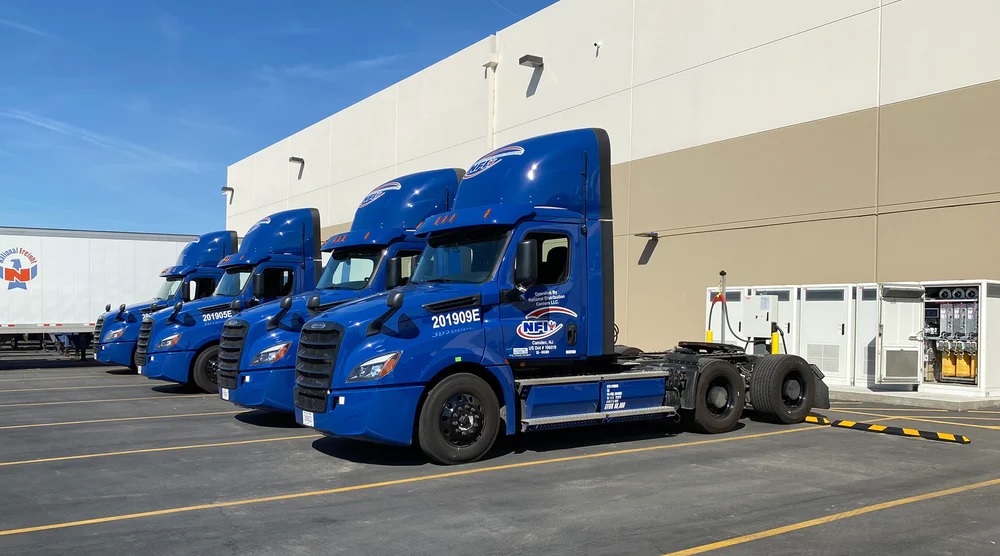The launch of the Ford Lightning Pro full battery-electric F150 pickup truck, designed for commercial operations, has continued to build on the momentum and potential viability of battery-electric technology for light-duty and medium-duty commercial applications.
Light-duty commercial electric vehicle adoption has a higher likelihood of accelerated adoption compared to the heavy-duty CEV market. Even so, the challenges remain the same with electric vehicle technology in the commercial space, regardless of vehicle class type or application.
Like any new commercial vehicle technology, CEV adoption comes down to understanding one key item: the total cost of ownership. Like all new technologies introduced to our industry, that TCO takes time to evaluate.
Fleets approach the purchase and operation of vehicles quite differently than the consumer, regardless of vehicle class or if it’s a vehicle with a traditional internal combustion engine (ICE) or battery-electric technology.
A consumer prioritizes upfront purchase cost, but often will do little evaluation by way of fueling (or charging) and maintenance expenses. Regardless of fleet size or vehicle class operated, fleets categorize a vehicle as an asset. Purchase price is important, but fuel and maintenance costs hold equal weight in the overall assessment. And those costs are a hard number to pinpoint with new technology.
“We need to marshal resources and get the best and brightest minds from within our industry as well as from adjacent industries and even from the high-tech world to work on advancing electric vehicle technology so that the total cost of ownership makes sense for fleets,” suggested Mike Roeth, executive director of the North American Council for Freight Efficiency. “In addition, we need more fleets to start piloting EVs in their fleets so we can get more data about how they perform in the real world.”
As part of that data collection to understand true lifecycle cost, fleets require a comprehensive understanding of the charging infrastructure options and implementation. Public charging is an option, but fleets more often have on-site fueling—and will likewise require guidance and consulting for in-house, or “behind the fence,” charging options.
The perceived benefit of light-duty commercial electric vehicles, like the Ford F150 Lightning Pro, is that the current charging infrastructure could more readily could support the charging of this vehicle compared to additional capacity requirements of heavy-duty commercial battery-electric vehicles. Particularly with local and regional operations, employees will have flexibility in charging options to charge from home for those contractors and construction fleets that may have employees with company vehicles, as well as with assets operated and charged at a central headquarters or depot.
If a fleet has compelling evidence by way of data that equipment will save them money and help their business operate more efficiently, that’s the main objective OEMs must look to in order to foster more widespread adoption.
In addition to truck OEM partnerships, a connection to utility providers will be critical to the success of CEV adoption, noted James O’Leary, vice president of assets for NFI. The fleet started testing CEVs in August 2019 and currently runs 39 full battery-electric trucks from three OEMs. O’Leary advised one takeaway he would share learning from this initial experience is weighing infrastructure charging needs just as much as the spec’ing of the vehicles themselves.
“The same amount of rigor that you’re going through with talking to the OEs also needs to be done when you’re talking to those EVSE (electric vehicle supply equipment) manufacturers,” O’Leary suggested.
Some lessons NFI learned included asking questions to confirm expected uptime of vehicles from a charging standpoint, including considerations like location of on-site chargers, the process to physically charge the trucks, and anticipated length of charge time.
“You’re still worried about the tractor uptime, but you need that charger available to charge,” O’Leary said. “There’s no worse thing than for a driver to show up and not have his truck charged for the day of work.”
Source: https://www.fleetowner.com/




